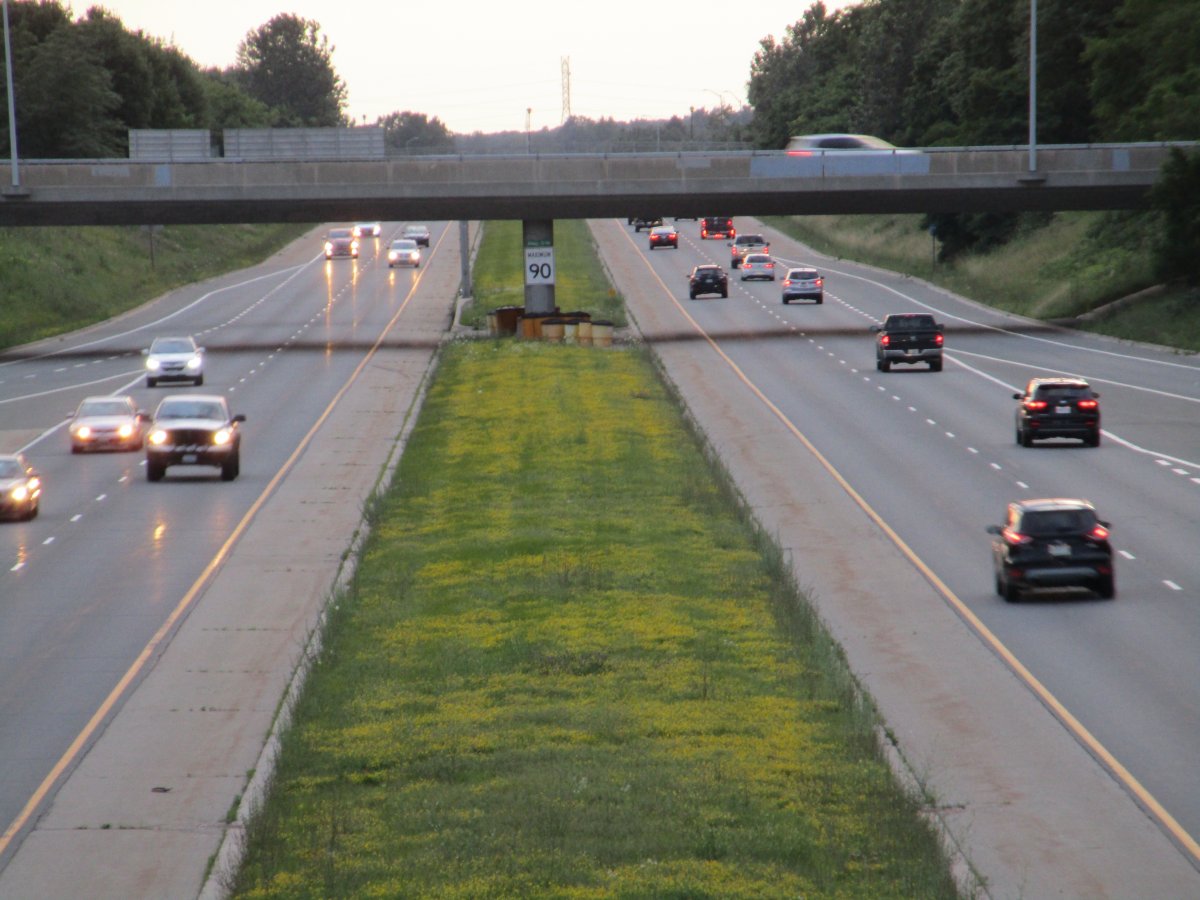An auditor’s report looking for ways to make Hamilton’s road assets more cost-efficient is suggesting attention be directed towards better maintenance, improved sustainability and a change in the way it procures contractors.

City Auditor Charles Brown told councillors during an audit committee meeting that construction, maintenance and rehabilitation of the city’s roadways are an “extremely complex undertaking” and that its current issues have been lingering for “a long period of time.”
The report, which made 25 recommendations to city staff, revealed that a slow rate of reconstruction over the last five years indicates the city will be challenged to ensure the financial sustainability of its road assets.
It suggests the city is relying too much on resurfacing and reconstruction strategies and little on proactive preservation of its roads through processes predicting life-cycle costs and deterioration.
Circling back to some past quality assurance tests, the report revealed examples of borderline quality and contractors not being held accountable for poor performance. Fines and financial penalties for poor work were deemed “relatively insignificant” in acting as a deterrent against low quality.
“We think there should be a formal system to track the performance,” Brown told city councillors.
“And be able to explain the performance over a period of years whether a contractor are meeting or exceeding performances”
The audit suggests a rating scheme similar to one enacted by the federal government and the province’s ministry of transportation (MTO) which awards contracts based on past work which potentially could discourage accepting the lowest bid.

“There are circumstances where you would be scored, in the case of Ottawa, 70 per cent on the basis of price but 30 per cent on the basis of a rating you achieved from past performance, ” Brown said.
Splitting of 8 purchase orders
The report highlighted eight occurrences during a quality assurance study in which purchase orders for work were split into smaller projects and appeared to avoid exceeding a $150,000 limit and a procurement process for work.
Following Brown’s presentation, Upper Stoney Creek councillor Brad Clark suggested to city staff the action “guts” the competitive bidding process and inquired about who made such decisions.
Director of engineering services at City Of Hamilton, Gord McGuire, said he would be looking for clarity on what the auditor was referring to, believing it was in connection with payment management reviews which have since been changed.
General manager of public works Dan McKinnon followed up by saying there typically is a series of sign-offs from city staff and he did not have the details but would be willing to investigate.
Procurement Manager Tina Iacoe said no red flags had been identified with her department, as suggested by the audit, saying in some cases contracts flipped from one vender to another.
Iacoe said procurement opportunities are posted for the “world to see” and not hidden from any prospective bidder. She told councillors in many cases there are only two offers ultimately coming forward for such work.
“Typically on those types of contracts, we get two bids because of the shear niche of the market,” Iacoe said.
McKinnon said in post presentation interview that vendor performance has clearly become an issue and believes there is opportunity to look around at other communities for best practices.
“I think there’s parts of public works that do that very well and there’s others that don’t,” Mckinnon said.
“But I don’t think we need to reinvent the wheel on that. I think there’s precedent out there that we could lean on.”
Crack sealing
There was also evidence of little preventive maintenance being applied in a “systematic way” on urban roads to extend life, particularly crack sealing and surface treatments which were only applied sporadically.
McKinnon said an example of “reflective cracking” on a resurfaced road in 2014, addressed by the audit, was a “great example” of where the city is now with it’s road management and that public works deserves some criticism for it.
“These cracks would have been expected, we likely would have seen then in the first year or two and we should have been out there crack sealing it,” McKinnon told councillors.
The GM could not explain when or why the city moved away from the sealing strategy in recent years but said it is a priority now.
McKinnon said the failure to exercise sealing was before his time as GM and the city may have to reach out to retired staff for answers.
“My sense is that it’s not something staff would have brought to council for decision on, It sounds like it might have been a decision at the staff level for one reason or another,” McKinnon said.
Funding gap
The study values the replacement of Hamilton’s 6,491 lane-kilometres of roadways including expressways, arterials, collectors, local and rural roads at about $4.175 billion.
Expenditures over the last five years have averaged about $42 million per year connected with rehabilitation and reconstruction.
Estimates are putting costs for the next four years in the $37 million range annually.
The city’s most recent budget identified a road infrastructure backlog at $1.65 billion with the annual estimated deficit of $72 million.
McKinnon says the numbers suggest “a huge gap” and believes there will have to expanded funding to compensate.
“I don’t think there is an opportunity to close the gap in a real serious way without looking at expanding the funding. I mean, the gap is just too big,” said McKinnon.




Comments